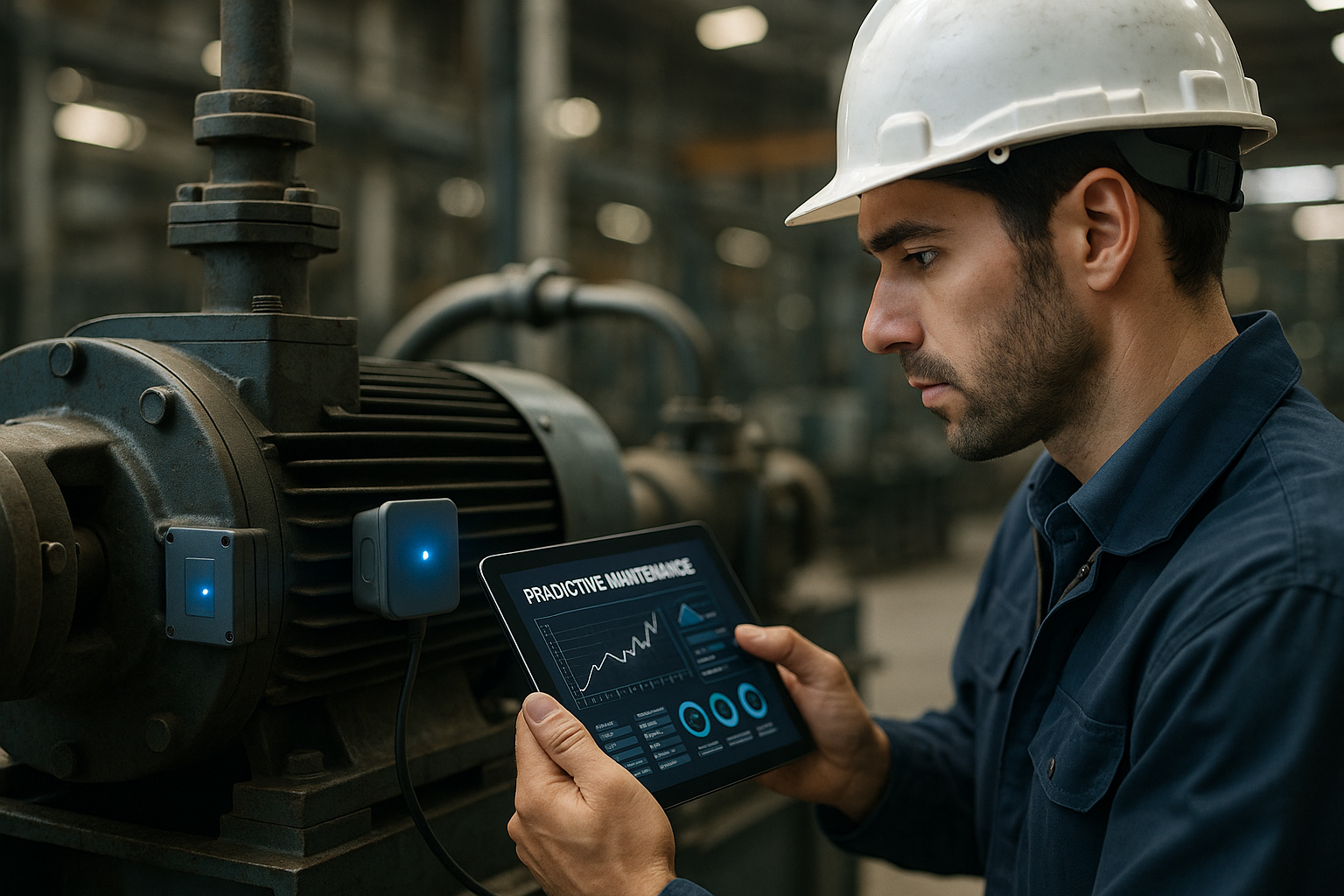Applying digital twin models to optimize equipment performance
Digital twin models create a virtual counterpart of physical equipment that mirrors behavior and condition in real time. By combining sensor data, IIoT connectivity and analytics, these models support predictive maintenance, operational optimization and safer workflows across manufacturing and logistics environments. This article outlines practical pathways and considerations for applying digital twins to equipment performance challenges.

Digital twin models map physical equipment into a virtual, data-driven representation that can be simulated, analyzed and updated continuously. Unlike static documentation, a twin integrates real-time IIoT streams, historical records and physics-based models to reflect current state and likely futures. When applied to equipment performance, digital twins help engineers and operators reduce unplanned downtime, extend asset life, and balance energy use while maintaining safety and regulatory compliance. This approach complements broader digitization and automation strategies in manufacturing and industrial operations.
How do digital twins improve manufacturing?
Digital twins in manufacturing provide a layer of visibility across production lines and individual machines. By modeling equipment behavior, throughput, and interactions, twins reveal bottlenecks and inefficiencies that are not obvious from isolated dashboards. Coupled with automation and robotics, they enable simulation of layout changes, production scheduling, and process parameter adjustments before physical implementation. This reduces trial-and-error on the shop floor, supports resilient supply-chain planning, and helps align maintenance windows with production needs to minimize disruption.
How do digital twins enable automation and robotics?
Digital twins enhance automation by offering virtual testbeds for robotic workflows and control logic. Before deploying a robot routine, engineers can verify kinematics, collision avoidance, and timing against a twin of the work cell. Integration with sensor data and analytics allows closed-loop refinement: the twin predicts how automation changes affect cycle time, energy consumption, and downstream equipment stress. That feedback improves robot programming, reduces rework, and promotes safer human-robot interaction through scenario testing and virtual safety checks.
How do digital twins change maintenance and training?
For maintenance, twins shift the strategy from calendar-based to condition-based and predictive actions. Analytics applied to sensor trends let teams forecast component wear and schedule service when it has the lowest operational impact. Digital twins also support remote troubleshooting: technicians can inspect virtual states and run virtual diagnostics before arriving on site. For training, virtual replicas allow staff to practice procedures or emergency responses in a realistic environment without risking equipment damage, improving skills while preserving safety and circularity objectives for asset reuse.
How do IIoT and sensors feed twin models?
IIoT and sensors form the data backbone of a digital twin. Vibration, temperature, pressure, current, and position sensors supply the telemetry needed to update model parameters and detect anomalies. Reliable data pipelines, edge processing and appropriate sampling rates are important to prevent noise or latency from degrading the twin’s predictive capability. Sensor placement and calibration strategies should be designed to capture signals correlated with failure modes and energy use, enabling more accurate analytics and reducing false positives in maintenance alerts.
How do analytics drive optimization and decarbonization?
Analytics turn twin data into actionable insight through techniques ranging from statistical trend analysis to machine learning and digital simulation. Optimization routines can recommend operating setpoints that trade off throughput, energy consumption and wear. That enables targeted decarbonization efforts: reducing idle power, optimizing heating or cooling cycles, and scheduling operations to take advantage of lower-carbon energy windows. Transparent metrics from the twin also support lifecycle assessments and circularity planning by quantifying reuse potential, refurbishment intervals, and end-of-life scenarios.
How do twins affect logistics, resilience, safety and circularity?
Beyond individual assets, twins extend to equipment fleets and interconnected logistics. Aggregated models help forecast spare-part needs, route service crews efficiently, and simulate disruptions to evaluate resilience strategies. Safety benefits come from virtual hazard analysis and scenario rehearsals; operators can verify guard placement and emergency stops in a model before physical changes. Circularity gains appear when twin-driven insights inform maintenance that prolongs usable life, enables remanufacturing decisions, and tracks component provenance for reuse or recycling.
Digital twin adoption requires careful planning: clear objectives, high-quality sensor data, integration with existing control and enterprise systems, and training for staff to interpret model outputs. Organizational processes need adjustments to incorporate predictive schedules and data-driven decision-making. Attention to cybersecurity, data governance and model validation ensures trust in automated recommendations and preserves safety and compliance.
In summary, applying digital twin models to equipment performance combines IIoT, sensors, automation, analytics and domain expertise to reduce downtime, improve energy outcomes, and enhance safety and resilience. When implemented with realistic data inputs and validated models, digital twins become a practical tool for optimization, maintenance transformation, and more sustainable industrial operations.





